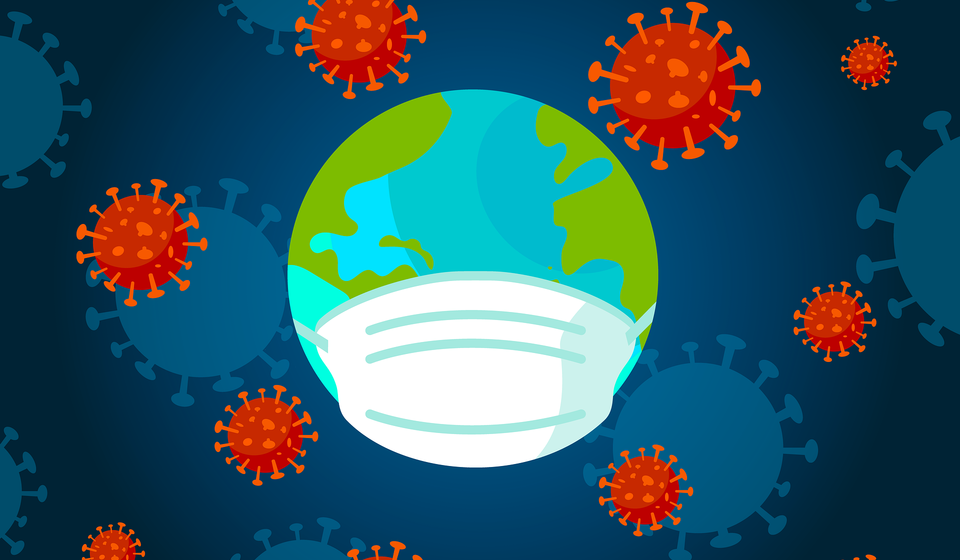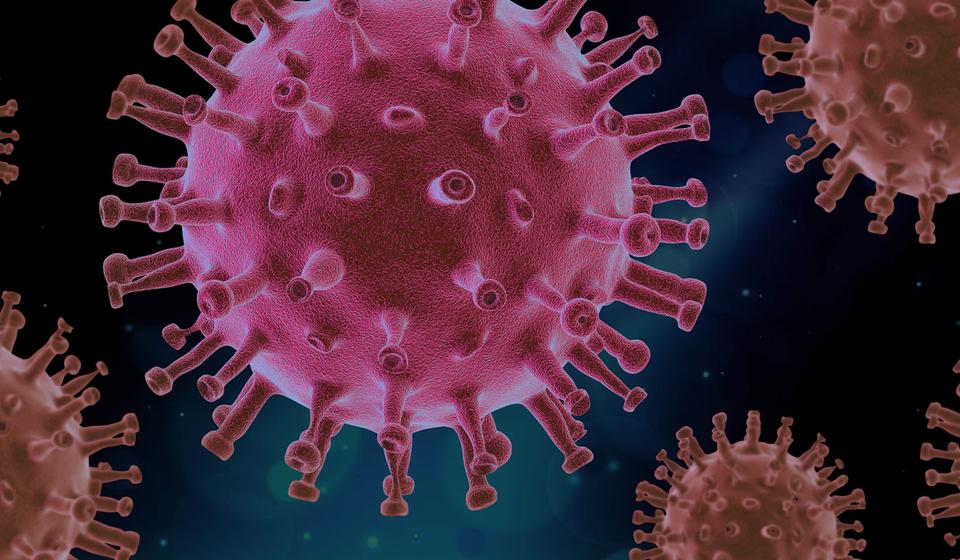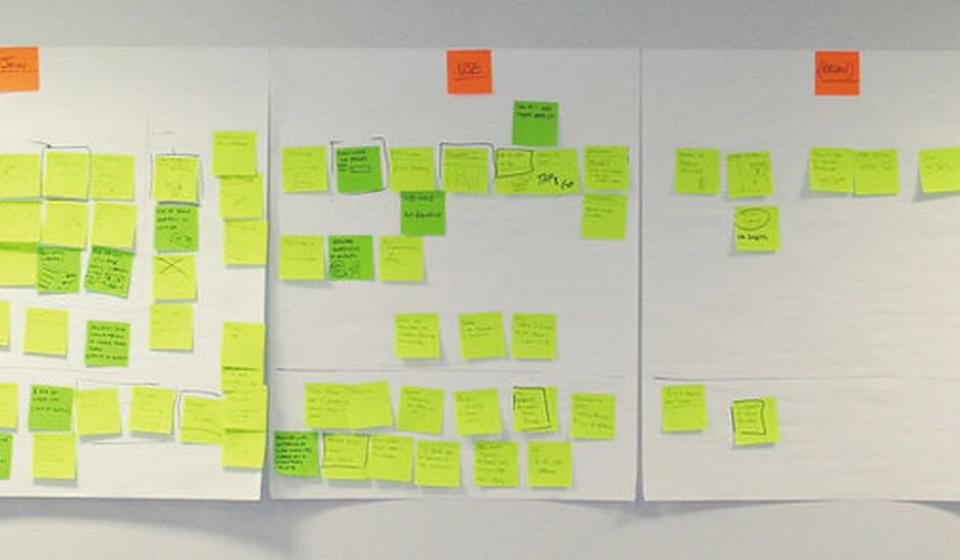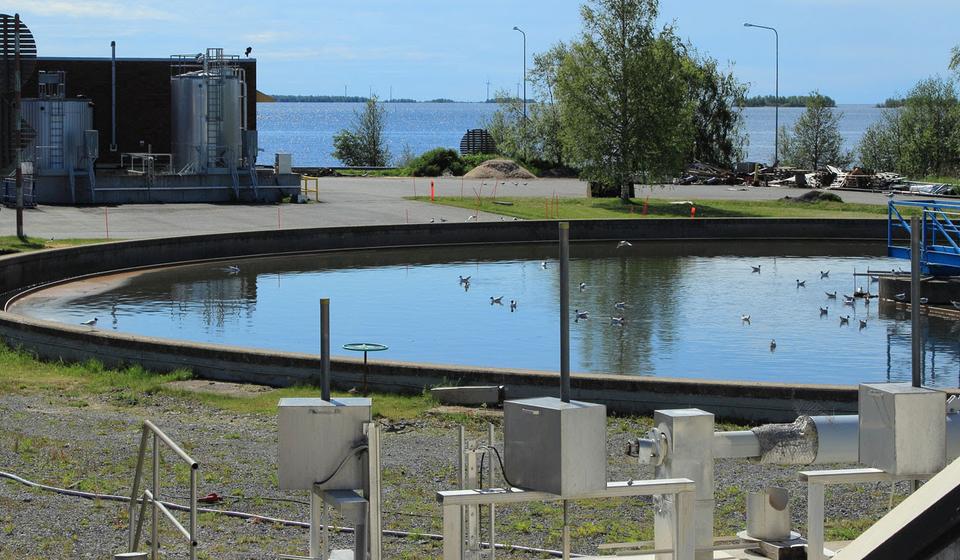Tag:
Disease
In part two of this Weekly Topic, we will discuss the tradeoffs of different ruminant systems, and steps toward a more productive approach to valuing those impacts.
Ruminant agriculture—food production from cud-chewing livestock species including cattle, sheep, goats, and camels—has a complicated relationship with people and our planet. It is crucial to recognize and value the diverse functions and contributions of ruminants to planetary health in order to move toward livestock systems which are beneficial and sustainable in the long run.
Reindeer on display at the Minnesota Zoo have succumbed to the effects of Epizootic Hemorrhagic Disease (EHD) in recent weeks. 4 out of 8 animals held at Minnesota’s largest zoo have died since the first case erupted in August.
Eight months into the COVID-19 pandemic and the struggle to reduce disease transmission is real. While there is no one size fits all solution, scientists have emphasized the importance of layering multiple protective measures instead of relying on one.
How does transmission of SARS-CoV-2 occur—via droplet or aerosol (or both)? Understanding the answers will guide policy, especially around universal masking, by helping us understand if masking is effective to stop transmission.
As government officials around the world have been using “expert models” to determine the next course of action in the COVID-19 pandemic, CAHFS Summer Scholars have been learning to think critically about what meaningful information disease outbreak models can actually provide.
Veterinary public health and preventive medicine residents have contributed to COVID-19 response initiatives in human and veterinary medicine, worker safety, monitoring and evaluation, and infection control.
Much of the flawed pandemic response can be traced to inexcusably poor systems thinking.









